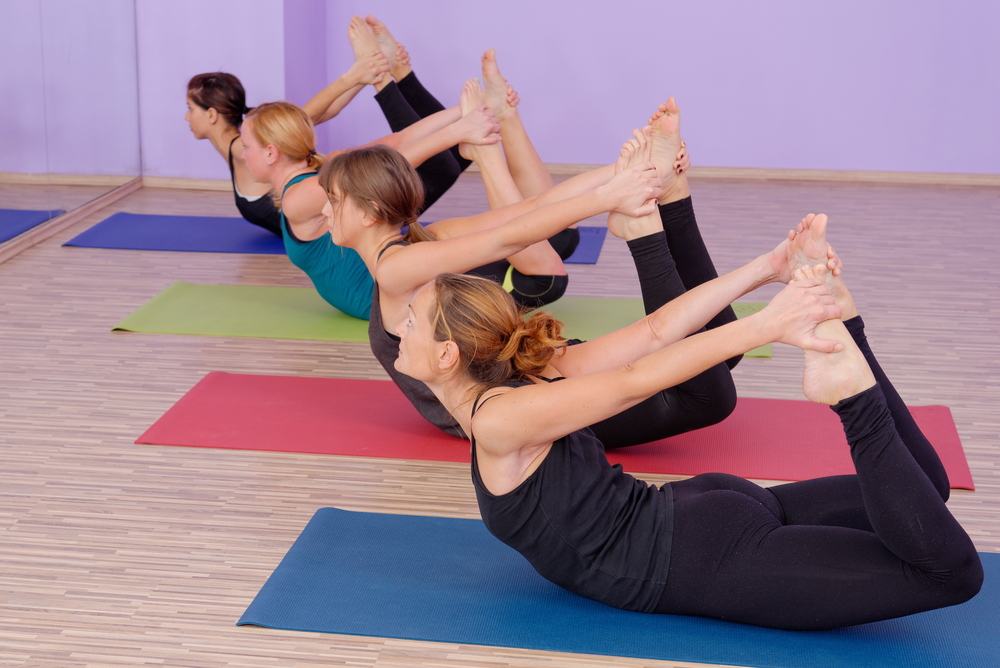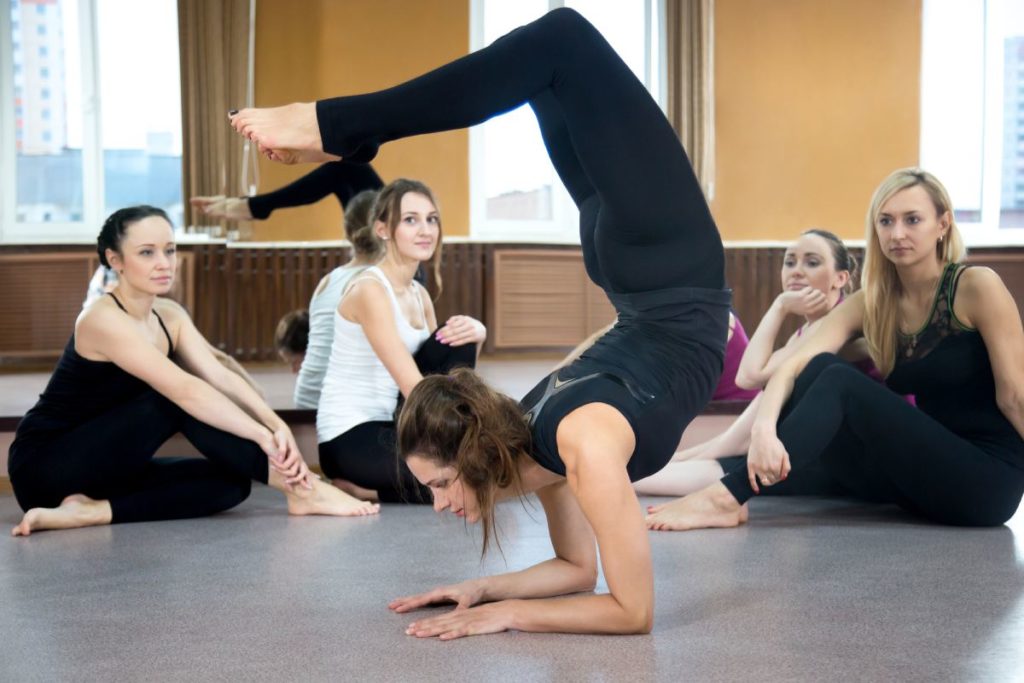Hot yoga seems to be everywhere. So, why is hot yoga better than regular yoga for your physical and mental health?
Regular yoga will do the trick if you’re looking to improve your mood, concentration, skin, and increase flexibility. But what if I tell you that you’ll gain even more over a shorter time with hot yoga?
While the debate between hot yoga and regular yoga is yet to end, research has shown that hot yoga guarantees a range of benefits to your physical body and mind. Read more to find out why hot yoga is on the rise and better than regular yoga.
Contents
Hot Yoga Increases Your Flexibility

Regular yoga aids dynamic stretches but not as much as hot yoga. Even though both types of yoga help increase your flexibility, the heat from hot yoga warms your muscles and joints better than in a non-heated yoga studio.
This benefit rings true for those who live in a cold climate where they feel stiff before warming up. Beginners to hot yoga can also stretch more than they might otherwise.
This can be explained by how your body reacts to the heat and humidity. It allows the soft tissue to be more relaxed in a shorter time than in a non-heated room.
Hot Yoga Breaks More Sweat
It’s not debatable whether hot yoga makes you sweat buckets. Even though the real benefit of hot yoga’s “detoxification” effect is debated, sweating has some benefits. According to Dr. Adebola Dele-Michael, sweating can unclog pores meaning fewer pimples and blemishes.
Of course, this will be canceled out if you don’t shower and moisturize after a hot yoga class.
Hot Yoga Burns Calories
An average 160-pound person will burn 183 calories during a regular yoga session but shed up to 460 calories after finishing a 90-minute hot yoga class. Once again, it’s all thanks to the heat. Increased heat aids metabolism, improves blood circulation, and increases heart rates, all contributing to the performance of your muscles and joints during your weight loss journey.
Hot Yoga Improves Lung Capacity
While it may sound daunting to those new to hot yoga who experience shortness of breath, hot yoga can improve your lung capacity if you practice the right breathing techniques.
One of the breathing techniques from a Bikram class called Pranayama initiates your breath control and connects it to your mental performance and physical body. Deep breathing invites more oxygen into your bloodstream and can increase your lung capacity.
Runner’s World Magazine also recommends hot yoga for marathon trainers to control their breathing through poses and train their bodies to rely on their breath during endurance activities.
Hot Yoga Can Reduce Stress
Hot yoga came to the rescue when I first experienced heightened anxiety in my early 20s. The idea behind the connection between hot yoga and stress is that it reduces the cortisol released when we are in a state of stress.
I noticed a huge difference after my first week of hot yoga, with a frequency of four weekly classes. It was challenging and tiring, but the positive results soon came out, especially once the class was over and I entered a sense of sheer happiness and peace. The anxiety soon vanished into thin air, and I started to train my mind to combat the adverse effects of cortisol.
Extra Challenges Mean More Excitement
Since hot yoga is more challenging than regular yoga, you eventually provide your body and mind with some mastery over the poses in a shorter time. When you reach the intermediate or advanced level, the hot classes are the week’s most anticipated event.
As some older yogis attest, challenging poses are more exciting, thanks to the heat. But at the same time, it puts their muscles of focus and awareness to the test.
Side Effects Of Hot Yoga
There’s no denying when it comes to the benefits of hot yoga. However, like any other form of exercise, hot yoga is not for everyone.
You May Get Injured From Overstretching

It’s very easy to overlook your limit when performing a pose, causing your muscles to be overstretched, pulled, and strained. According to Sarah Larson Levey, the co-founder of the New York City Y7 Studio, extreme heat loosens the muscles, which is great for flexibility and encourages you to access more challenging poses.
Still, it’s likely to over-extend your body too. Therefore, keep a close eye on your movements and listen to your body.
You May Run Into Heat Exhaustion Or Heat Stroke
Some hot classes can be very strict; you are not allowed to take a break, sip on some water mid-journey, or even pause and leave for fresh air before coming back.
Make sure to dig into everything about the style of the class you’re interested in and check out multiple alternatives to see which class suits you the most. This especially rings true when you’re a beginner. The first few classes can throw off our body’s internal temperature, leaving you with extreme dehydration, fatigue, or even heat stroke.
You might also be interested in our explainer on why is hot yoga so expensive.



